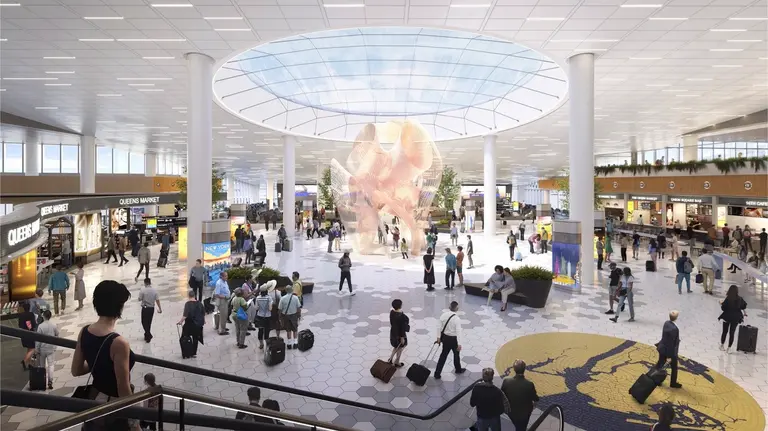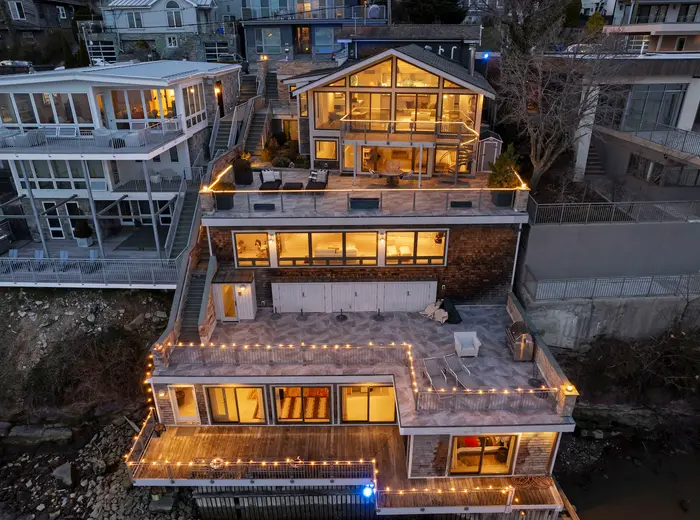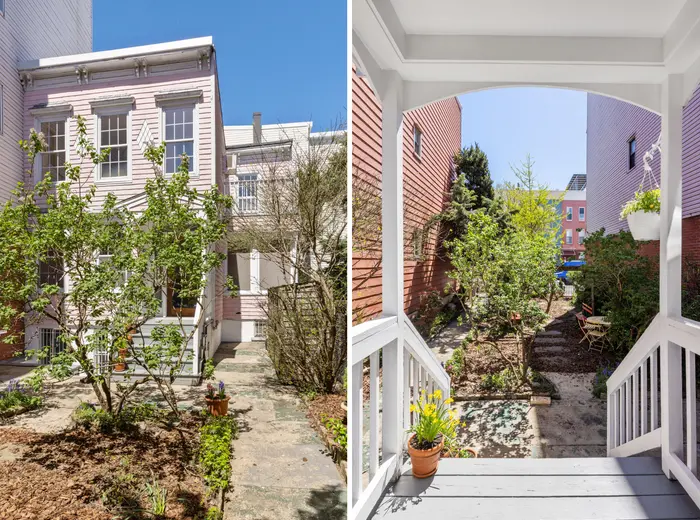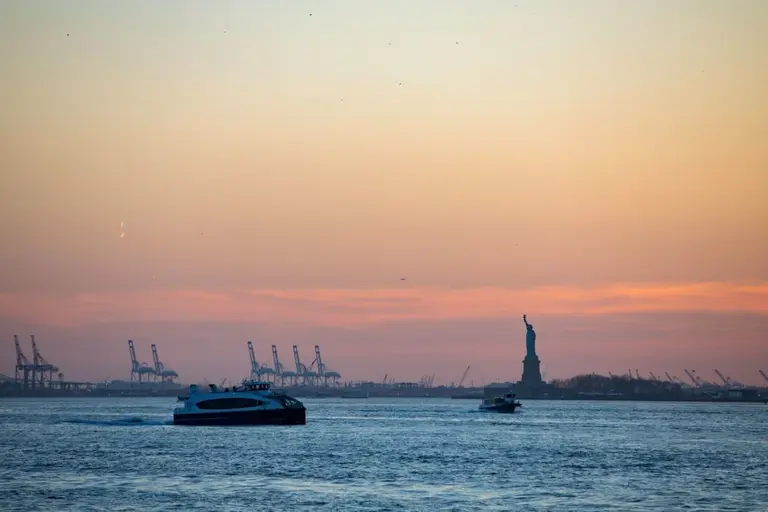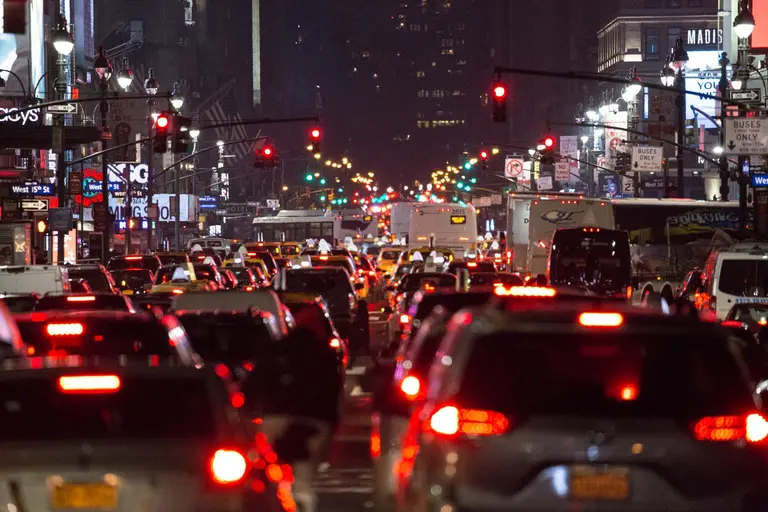To reduce delays, MTA to increase subway speed limits at 100 locations
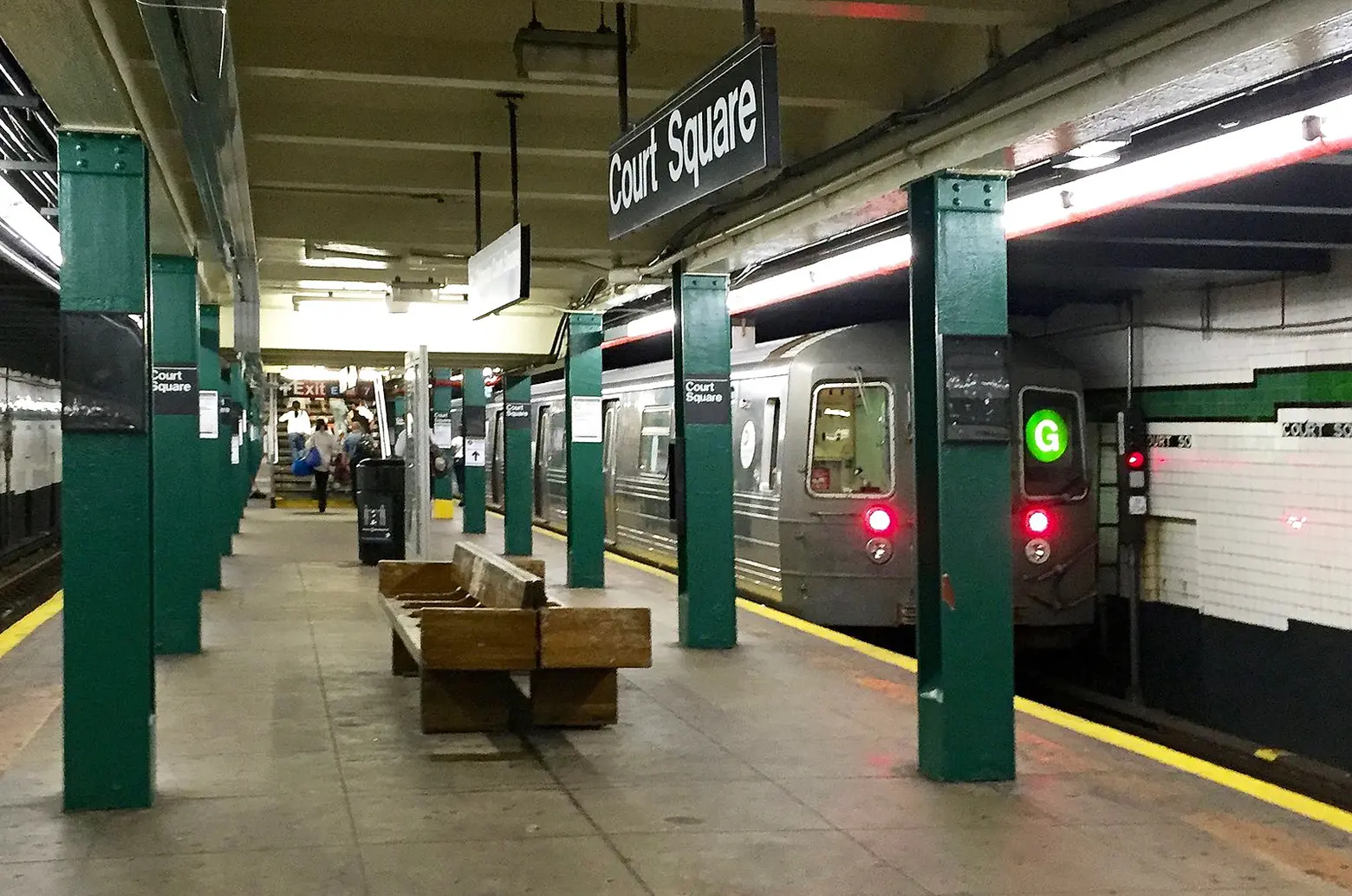
Via Wikimedia
The Metropolitan Transportation Authority over the weekend doubled the speed limit on parts of two lines in Brooklyn, the N and R trains, from 15 miles per hour to as much as 30 miles per hour. These lines are the first of many the MTA will speed up, with transit officials planning to change the speed limits at 100 locations by the spring, the New York Times reported on Monday. The changes in speed limits are part of NYC Transit Chief Andy Byford’s $40 billion plan to modernize the problem-plagued subway system and improve service. “This is all about getting the safe maximum out of the existing signaling system,” Byford told the Times.
The subway used to run a lot faster than it does today. But after two trains collided on the Williamsburg Bridge in 1995, killing a J-train operator and injuring dozens of riders, the MTA mandated lower speed limits. Signal systems were also altered to automatically trip a train’s brakes whether or not a train is ahead.
The MTA has previously said delays are caused by overcrowding and increased “dwell time,” which is the period a train spends in the station loading and unloading straphangers. But Byford disagrees, citing the speed changes made decades ago as a major reason for the current delays plaguing the system.
According to a 2010 report by transit planner Matt Johnson, NYC trains travel at 17 miles per hour on average, the slowest of any heavy rail system in the country.
Byford created a three-person working group this summer to study the signal-timer system to evaluate how safety measures have slowed down service. The “speed unit” traveled every mile of track to find areas where trains could move faster while remaining safe. According to the Times, the group found 130 locations where speed limit should be increased. Just 34 locations have been approved for speed increases by an MTA safety committee.
The group also found 267 faulty signals, known as grade time signals, that were making operators pass through at slower speeds. If deficient, the signals could slow trains for no reason. Thirty of them have been repaired between Brooklyn’s DeKalb Avenue station and 36th Street Station, as well as near the 9th Avenue station.
[Via NY Times]
RELATED:




